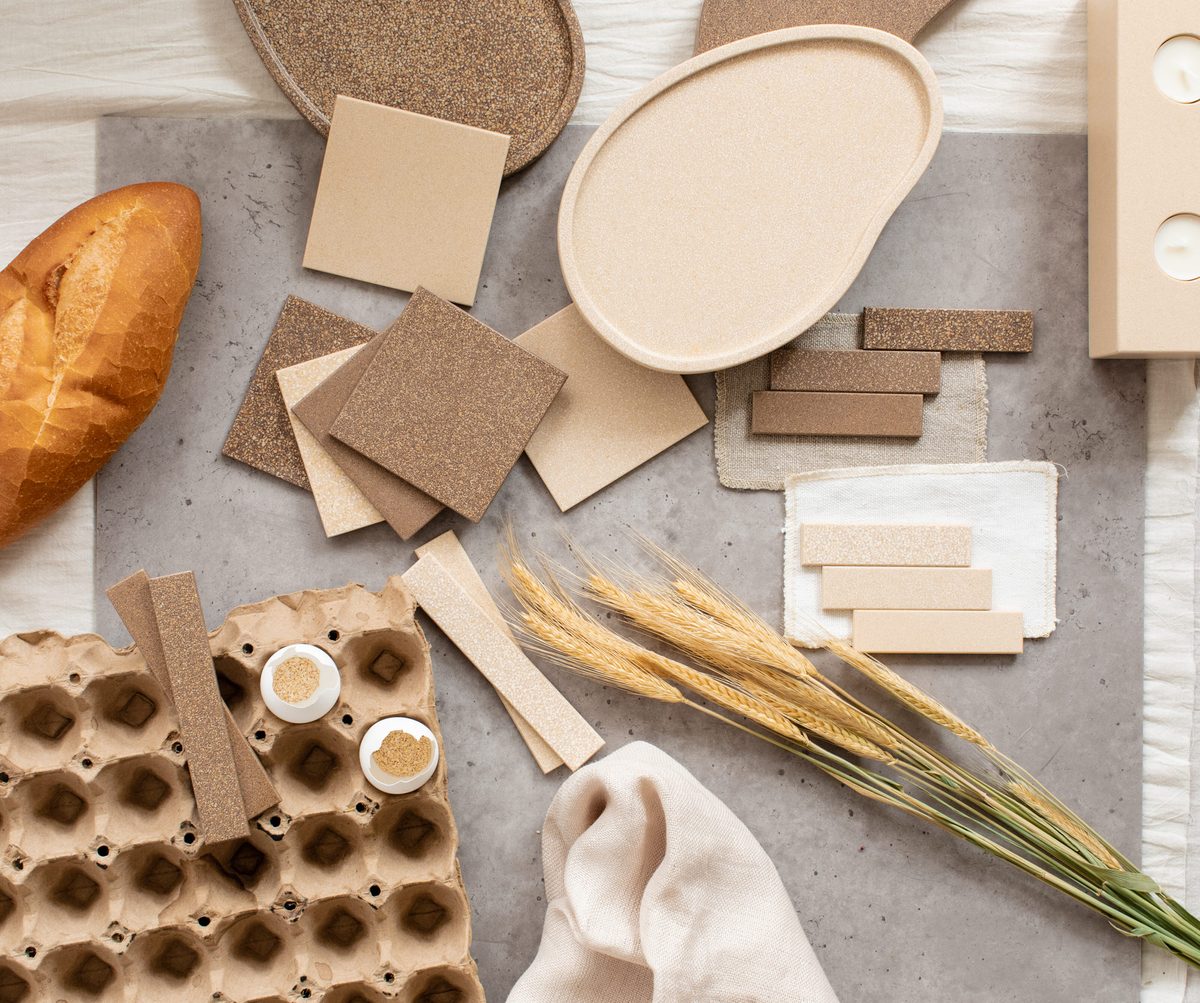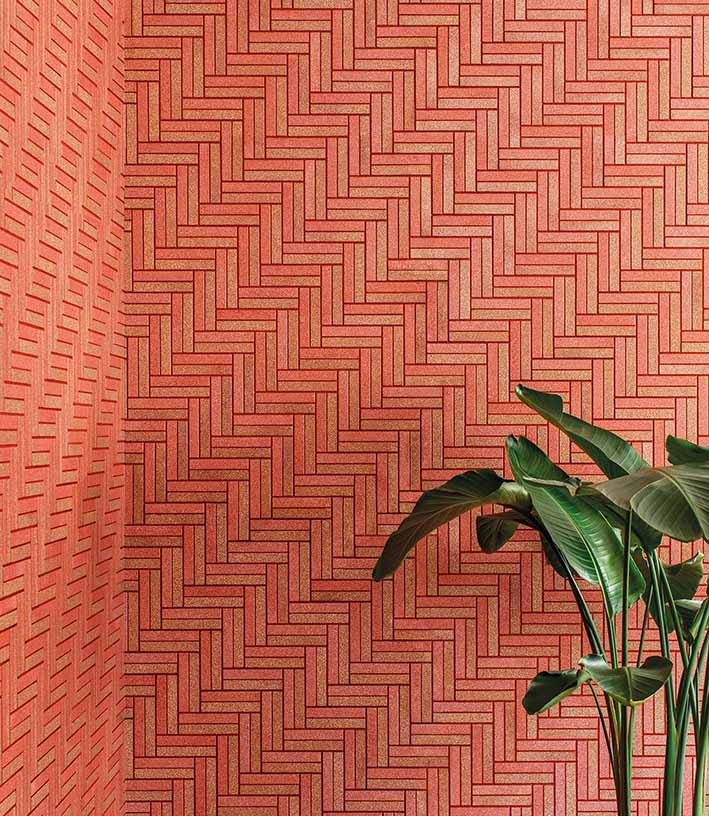Eggcellent idea: Material specialist studio Nature Squared turns egg shells into tiles


AsiaOne has launched EarthOne, a new section dedicated to environmental issues — because we love the planet and we believe science. Find articles like this there.
The world produces approximately 250,000 metric tonnes of eggshell waste annually. Most of it ends up in landfills, attracting flies and producing odours and flammable methane gas. Not many know that eggshells are an untapped resource for building material.
Nature Squared, a Swiss material specialist headquartered in London with R&D facilities in Germany and the Philippines, is the latest to tap into the potential of eggshells by producing a tile collection called CArelle.

The award-winning studio is renowned for turning unconventional natural materials, including seashells, feathers, tobacco leaves and termite nests, into products and beautiful designer surfaces for interior and architectural uses that have been changing the perceptions of ethically sourced and sustainable design.
Hong Kong-based chief material innovator Elaine Yan Ling Ng talks about the company’s eggcellent initiative.


The CA in CArelle is a wordplay on calcium in the periodic table. We select a raw material by its material property and chemical bonding structure. The inspiration came from the use of chicken eggshells as agricultural waste in medical and dental therapies.
I thought that if solid biological waste is good enough for the medical industry, that’s proof that it has great strength and stability. With a change of formula, these properties could potentially be used in other industries such as architecture.

After collecting them, we wash and clean all the shells and examine their quality before preparing them as the raw material for our tiles. CArelle is offered in three ranges and three sizes, and each range requires unique preparation.
For example, we prepare the shell fragments for the neutral range by baking them to get a natural earth tone before adding a binding agent and moving them along to calibration, polishing and so on.
Excess fragments are collected and reused. Each square metre uses over 3,000 eggshells that are combined with a carefully selected bonding agent that fulfils standard industry specifications. If widely used, our design and products would have a real impact.

It’s a relatively new material for commercial applications in interior design, so there are very few benchmarks or case studies we can use for reference when we experiment. We had to collect our data and test for practical applications.

It is very competitive. Eggshell is a renewable bioceramic that can serve as a de-carbonating filter because it has the preference to absorb and carbonate CO2 over other gases. This is a stark contrast to the traditional production of ceramic and porcelain wall tiles.
The CO2 emission from ceramic tiles reaches an average of 180,000 metric tonnes a year. About 80 per cent of the total CO2 output is emitted during the firing and drying process. We are committed to creating a zero CO2 emission tile, which could absorb CO2 throughout the production process.

They can go on almost any surface, including curved shapes, and are durable as well as naturally UV-resistant. What’s more, their chalk-whiteness absorbs natural colours in fascinating ways, giving designers creative freedom.
The material is safe, suitable for various uses, easy to clean and available in slabs as thin as 5mm, making it an ideal, lightweight wall finishing. We are currently conducting various tests for suitability in floor applications.

In time, people will better understand that the value of luxury no longer depends on just the cost or rarity of the raw material itself but craftsmanship and innovation as well.
When consumers realise that using eggshell tiles contributes to a circular economy and has a positive impact on their environment, I think they will willingly use the new material.

Depending on the range and the specific details a client is looking for, prices start at 595 Euros (approximately $968) per square metre.
This article was first published in Home & Decor.